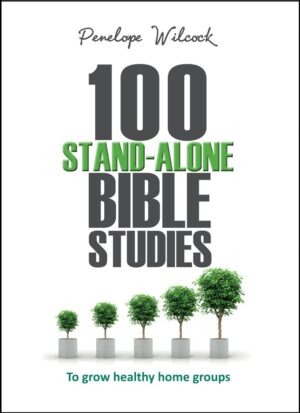



This is the genealogy of Jesus the Messiah the son of David, the son of
Abraham …
When they had gone, an angel of the Lord appeared to Joseph in a dream. “Get up,” he said, “take the child and his mother and escape to Egypt. Stay there until I tell you, for Herod is going to search for the child to kill him.”
So he got up, took the child and his mother during the night and left for
Egypt, where he stayed until the death of Herod. And so was fulfilled what the Lord had said through the prophet: “Out of Egypt I called my son.”
When Herod realised that he had been outwitted by the Magi, he was furious, and he gave orders to kill all the boys in Bethlehem and its vicinity who were two years old and under, in accordance with the time he had learned from the Magi.
Matthew’s Gospel is recognized as very Jewish in flavour, focusing on themes particularly apposite to Judaism. Yet its thrust is not towards finding favour with Jewish readers, but rather demonstrates how Jesus takes up the torch from Moses, brings to fruition by both his life and his insights the Law of Moses, and both heals and perfects the flawed and stumbling devotion of the people of God. Matthew presents Jesus as a new Moses and a faithful Israel.
The genealogy at the start of the Gospel traces the lineage of Jesus back to
Abraham, the founding father of the Jewish religion (unlike Luke, who traces back to Adam, the founding father of the human race). Just as the baby Moses found refuge from massacre in Egypt, so does Jesus. Like Moses, he returns from Egypt to his people. As Moses ascends the mountain to receive the Law from God, so Jesus goes up the mountain to deliver his reinterpretation of that Law. As there are five books of Moses in the Jewish Scriptures (the Old Testament), so Jesus offers five distinct teaching discourses in Matthew’s Gospel (chapters 5 –7, 10, 13, 18, and 22 – 25). As Moses fasted for forty days and forty nights in the wilderness, so does Jesus. As Moses mediated the covenant of blood between God and his people (Exodus 24:8), so Jesus describes the shedding of his blood as bringing about the new covenant (Matthew 26:28). Where Mark wrote of the “kingdom
of God”, Matthew adapts his words to “kingdom of heaven”, as Jewish devotees would regard using the word “God” openly and directly as irreverent. Matthew stresses more than Luke and Mark the identity of Jesus as “Son of David”.
It is thought that Matthew’s church had significant numbers of Jewish
members, and his Gospel expounds the relevance and importance of how Jesus develops and perfects what their tradition began and taught (see the study on “The fulfilment of the Law”). Matthew sees in Jesus a new Moses – someone who can restore the vitality of a corrupted faith tradition.
O God of all wisdom and truth, thank you for your word to us in the Bible, and for finding and accepting us just as we are, each so different, each needing the transformation of your Holy Spirit in our life. As we read, study, and discuss, may our faith be deepened and strengthened, and may we grow to know and understand Jesus better, so that we may better reflect the image of his glory in the day-to-day reality of our lives. For we ask it in his holy name; Amen.